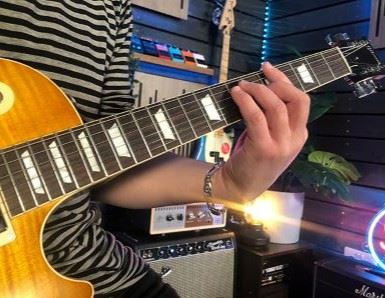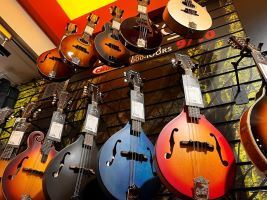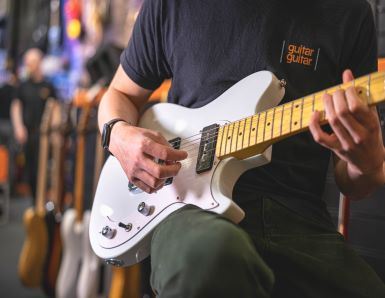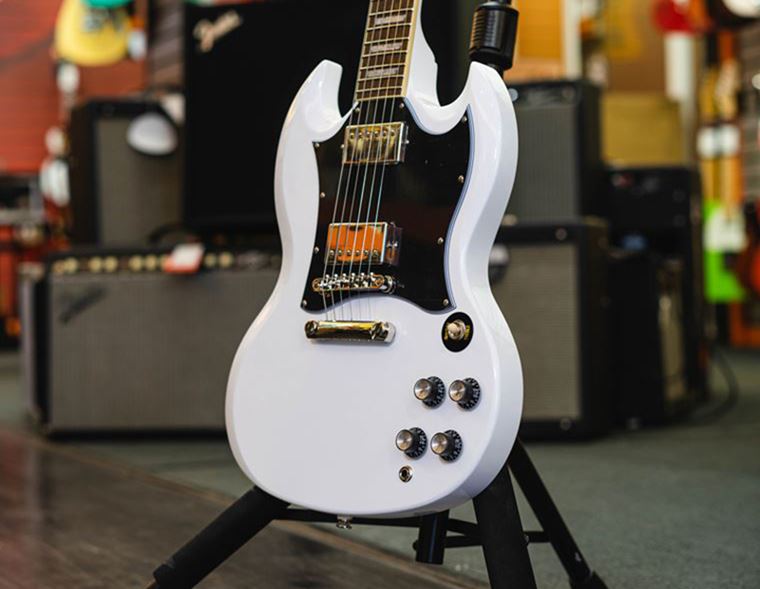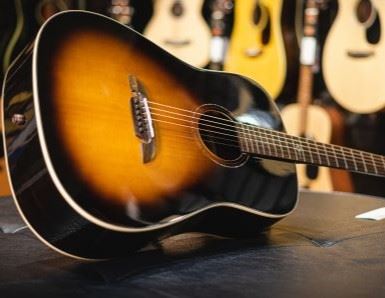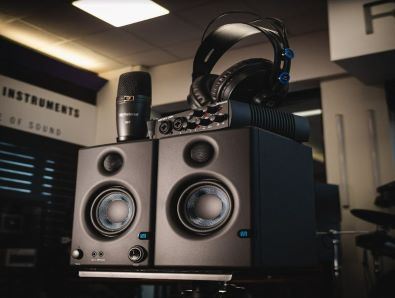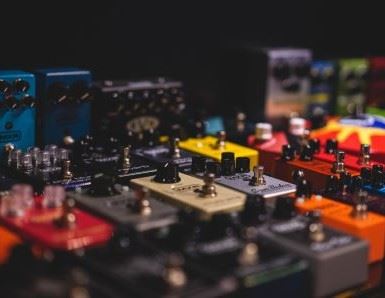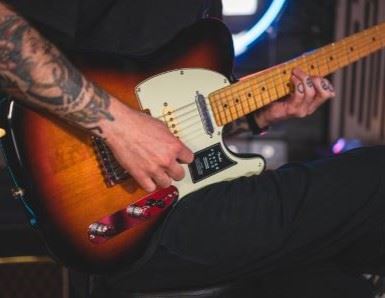12 Expert Tips For Touring As A Keyboardist
Disclaimer: The information in this article is provided by the guest blogger and does not necessarily reflect the views and opinions of guitarguitar.
When it comes to gigging/touring as a keyboardist, there are many things that I wish I had known before hitting the road for my first tour; from what keyboards you should bring, setting up, rules you should adhere to, and beyond. There’s a lot that goes into playing shows!
This article will break down everything there is to know about playing shows as a keyboardist whilst giving you some tips on gear and keyboard accessories I would recommend bringing along.
After completing 20 nationwide tours averaging over 40 shows per tour, I have put this guide together in the hopes that it will significantly help you prepare for the road.
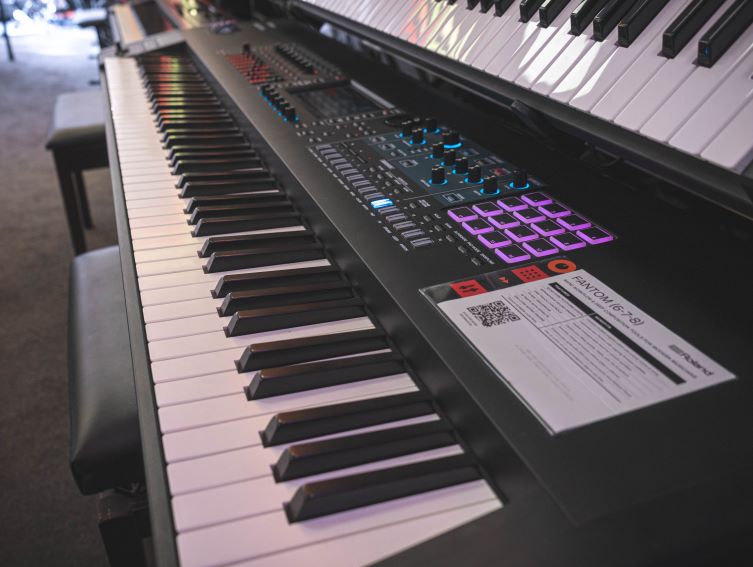
Keyboardist Tour Tips
Before diving into the gear and delivering some tips I’ve learned while on the road, let’s look at the basics you might not know because I sure didn’t have a clue!
If you’re looking for an idea of how much bands make while touring, Nick Cesarz of Drumming Review discusses typical earnings that can be made from touring in his article A Musician’s Tour Life – What It’s Like Being On Tour. With this being said, we will also look at what keyboardists typically earn on tour, although this will vary heavily.
I will mention specific gear later in this article, should you be looking to pick any new gear up for a tour.
1. Heat Test All Of Your Keyboards/Computers
This is perhaps one of the biggest tips I have, which you probably wouldn’t have considered. The fact of the matter is that stages and venues can get very hot with the stage lighting beating down.
I remember touring with Twenty One Pilots and sitting backstage with none of my keyboards functioning properly, just twenty minutes before our first show with them. This is definitely not how you want to begin a tour. So, what’s the fix? I recommend placing a few fans near your laptops and keyboards.
The heat becomes a problem when you’re using a MIDI controller or using a digital piano as a controller. At this point, not only is your laptop an issue with overheating but your keyboards are as well.
Another thing you can do for your keyboard or laptop is to build a rig that covers them. We ended up using a piano shell for our keyboards and then just staging our laptop off the stage to avoid the heat from the lights.
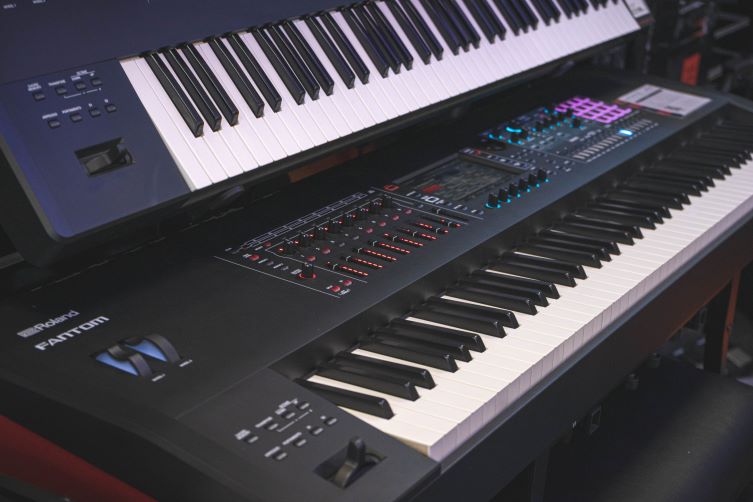
2. Reliable Keyboard Stands
If you’re touring with a classic X-style stand, be sure you have a backup keyboard stand on-hand as it could potentially break during the continuous loading and unloading of your gear whilst touring.
3. Have A Kill Switch
If you’re using a laptop and launching any scenes, you need to be able to kill the scene if your laptop glitches out immediately. I used Touch OSC with Ableton Live to do this.
4. Have A Small, Yet Diverse Rig
If you’re keyboard-heavy, I would recommend trying to keep it to two keyboards so that you aren’t being a pain in the butt to the headliners. You would be surprised at how little space you have on stage when the headliners put up their gear and production!
Note: Never ask another band playing after you to move their gear. They have a tour manager/stage manager who knows the space and will move it for you if they want to. There will be many shows where you might end up having little space and finding yourself playing your keyboards in the funniest ways.
5. Reliable Keyboard Cases
When touring, it’s best to prepare for the worst! Therefore, keyboard protection is an absolute must, and you will need a reliable keyboard hard case or gig bag.
6. Clean Your Keys
Cleaning your keyboard keys on tour is essential. You will be amazed at how gross the keys can get from sweat, and you don’t want to risk months to years of build-up with anything remotely electronic. I use a regular hand towel with isopropyl alcohol or water and get the towel damp.
7. Have All Patches/Samples Figured Out
This is not something you want to be messing with mid-tour - have an easy way to get to each song, whether launching new scenes or simply changing patches.
8. Have Transitions Figured Out
Ever been to a concert and sat in silence while the band figured out what song they were playing next? This can be avoided by creating some calm ambiance in between certain parts of the set, especially if your guitarist is your singer and needs to change guitars.
9. Run Your Keyboards Stereo
Running your keyboards stereo will give them a much fuller sound, especially for larger venues with good systems.
10. Properly Balance All Patches
Test out the volumes of EVERY patch before going out on tour. Of course, you will want all patches to be equal in volume.
11. Have A Low-End Patch That Is Your Go-To
One of the main reasons I started doing this was because of our tour with Twenty One Pilots. They have synth subs for the low-end going on most of their choruses and they absolutely shake the venue. It’s amazing how effective this can be for making your band sound wider/bigger.
12. Tape Your Sustain Pedal To The Ground (Optional)
One of the most frustrating things I had when touring was that my sustain pedal had a mind of its own and would often move on me. This can be fixed by taping it in one place.

Recommended Gear To Bring For Touring
Let’s recap some gear and keep it short and sweet. If you’re a seasoned vet and you’re comfortable with your setup, then, by all means, keep it.
Here’s some gear I would recommend:
MIDI Controller
I love for my main keyboard to be a MIDI controller. I also love 88 keys. For this reason, I would recommend the following for your tour:
1. Arturia Keylab 88 - I’ve chosen this option as it is extremely durable, has solid key-action, and it is one of the most reliable and technically proficient controllers I’ve played.
2. Novation Launchkey 88 - I’ve chosen this as my budget choice as it’s affordable, yet one of the best options available. The Launchkey 88 doesn’t have weighted keys, but it is compatible with all DAWs directly out of the box.
These are just two of my favourites. There are also a ton of 61 key options that you could go with as well.
Synthesizers
There are some great synthesizer keyboards in today’s day and age.
For synths, I would recommend the following options:
1. Moog Grandmother - I just had to include this as this is one of my favourite synths of all time.
2. Korg Minilogue XD - Incredible hardware synth that is polyphonic and extremely versatile.
3. Moog Sub 37 - If you need a synth specifically for low-end, look no further. This keyboard is in many professional keyboardists touring rig.
4. Novation Summit - This is currently one of my favourite synthesizers on the market. The Summit packs a wide analog sound that completely fills the room.
5. Korg Nautilus 61 - I love this option for those who need many options from one keyboard. It’s packed with high-quality sounds and a great live-set mode.
Classic All Arounds
What good would this article be if I didn’t mention Nord? Most Nord keyboards are extremely popular for tours and great for everyday patches such as pianos, organs, electric pianos, and even some bass. Check out the Nord Stage Piano 5 or the Nord Stage 3. These two are perhaps the most commonly used “main” keyboards for professional keyboardists. They are staples that are versatile for all genres.
One of my other favourite full-sized keyboards is the Roland Fantom FA 08. I use this to this day as one of my main midi controllers when touring. Although it’s not specifically a controller, its 16 pads are great for triggering loops and switching sounds on a dime.

How Much Can You Make As A Keyboardist?
Let's take a brief look at what the touring world looks like. If you’re touring with your band and just starting out, I wouldn’t expect to be making more than £20 to £30 a day. Your guarantees will likely go towards funding your tour, so you won’t make much there either.
When touring as a keyboardist with other bands, you can expect to make between £1,000 to £3,000, depending on the tour size. Keep in mind that this can go up from £3,000 significantly; it all depends.
To break this down further, let’s look at a typical guarantee for bands of all levels. These numbers are extremely accurate as I have completed 20 tours, all at different levels. With this being said, they still may vary slightly.
Also, per diems might be significantly impacted by how much tour support your band received, should you be on a major label. If you’re not or the band you're with isn’t, you can expect lower PDs as they are fronting the money.
Note: Before negotiating your rates, you will likely have to work your way up and land a few tours, either with your own band or with other bands. Also, these numbers are considering you are headlining or co-headlining with bands with touring support from a label.
Sizes Of Venues
If you’re searching for that sweet spot of £1,000+ a week, the tour you land will need to be playing venues of 1,000+ capacities. Most venues between 750 capacity and 1,500 capacity will pay the headliner between £3,000 to £5,000.
Bands of this size rely on their merchandise to carry the tour as they often start these size tours significantly in the red from having to hire crew members/backing musicians.
Venues that are 3,000 to 5,000 capacity are going to be paying far better guarantees. These tours are not uncommon to see backing musicians bringing in £2,500 to £3,000 per week.
It’s important to note that travel, dining and other related expenses are not covered so you would have to factor these into your earnings!
Wrapping Up
I hope this article gave you a great idea of what you need for touring and what you don’t need.
Author: Chris Senner
Bio: Chris Senner is a member of the band Vinyl Theatre and also the owner of Keyboardkraze. He has over 25 years of piano experience and is dedicated to helping musicians learn their craft.

